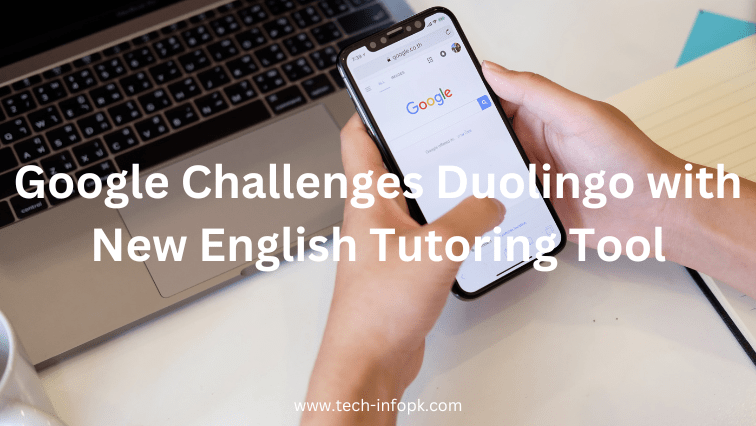Google is making a significant foray into language learning with a brand new feature integrated into Google Search, a move that could potentially challenge established language learning apps such as Duolingo, Memrise, and Babbel. This innovative language-learning feature is designed to assist users in practicing and enhancing their English-speaking skills. Rolling out progressively over the next few days, the feature is initially available on Android devices in specific regions, including Argentina, Colombia, India, Indonesia, Mexico, and Venezuela. Google has ambitious plans to extend its availability to more countries and languages in the near future, promising a broader outreach.
Google Challenges
The core functionality of this feature is to offer an interactive speaking practice platform for language learners, particularly those engaged in translating to or from English. Google’s official blog post, credited to Google Research director Christian Plagemann and product manager Katya Cox, underscores the value of Google Search as a tool for language learners. It has already been a dependable resource for translations, vocabulary enhancement, and definitions. With this new feature, users translating to or from English will gain access to a tailored English-speaking practice experience complemented by personalized feedback.

The learning experience is structured around providing users with prompts and soliciting their responses, which involve speaking answers using a provided vocabulary word. Each practice session lasts 3 to 5 minutes, ensuring that it aligns with the attention span of users. During these practice sessions, Google Search offers valuable personalized feedback and the option to receive daily reminders, fostering regular practice and gradual progression to more advanced difficulty levels. Personalized feedback is a standout feature, gauging the relevance of the responses to the given question and the comprehensibility of a theoretical conversation. It also helps users refine their grammar, offering concrete suggestions for alternative responses at various levels of language complexity. In addition, learners can access translations for unfamiliar words by simply tapping on them to see how the word fits within the given context.
Google is keen to emphasize that this language-learning feature is designed to supplement other existing learning resources. It should be used alongside personal tutoring, mobile applications, and conventional language classes. It is an additional tool in the arsenal of language learners on their educational journey.
The development of this feature is a testament to Google’s substantial investment in AI and machine learning. Several key components, such as the Deep Aligner model, were developed by the Google Translate team to facilitate word connections for meaningful translations. Other research groups at Google adapted grammar correction models initially designed for text to work effectively on speech transcriptions, catering to users with accents and varying pronunciation. Google Research teams were tasked with creating a separate model to power the semantic feedback element of the feature, a crucial aspect of language learning. These teams also constructed another model to estimate the complexity of sentences, phrases, or individual words, allowing learners to be challenged at an appropriate level based on their proficiency.
The development process was marked by close collaboration with a diverse set of experts, including linguists, teachers, and ESL/EFL pedagogical specialists. This collaborative effort resulted in a fusion of human-expert content, including prompts, focus words, and example answers, with content generated with AI assistance and subjected to in-house human review. Furthermore, undisclosed language learning partners contributed to the endeavor by providing content that resonates with learners. Google envisions further expansion of its partnership program to include additional contributors in the future.
The underlying motivation for Google’s entry into the language learning sphere is not entirely clear. While the blog post suggests that the primary objective is to enhance user engagement, the immense potential for profit in the language education sector cannot be overlooked. Established language learning apps have gained a solid foothold in the market, and Google’s formidable presence and resources could potentially disrupt this landscape.

It’s noteworthy that Google has ventured into language learning and education tools. In 2019, the tech giant introduced a module that allowed Search users to practice pronunciation and receive immediate feedback. The future direction of Google’s language learning efforts remains uncertain. Whether they are driven by profit-making motives or have a different agenda is yet to be revealed. The extent of Google’s commitment to this endeavor and the growth of this feature will likely depend on its popularity among users.
In conclusion, Google’s new language learning feature integrated into Google Search represents a significant step in making language learning more accessible and engaging. With personalized feedback, interactive practice sessions, and seamless integration with other learning resources, it has the potential to be a valuable tool for language learners worldwide. The impact of this feature on the language learning app market and its long-term objectives remain subjects of anticipation and speculation.

